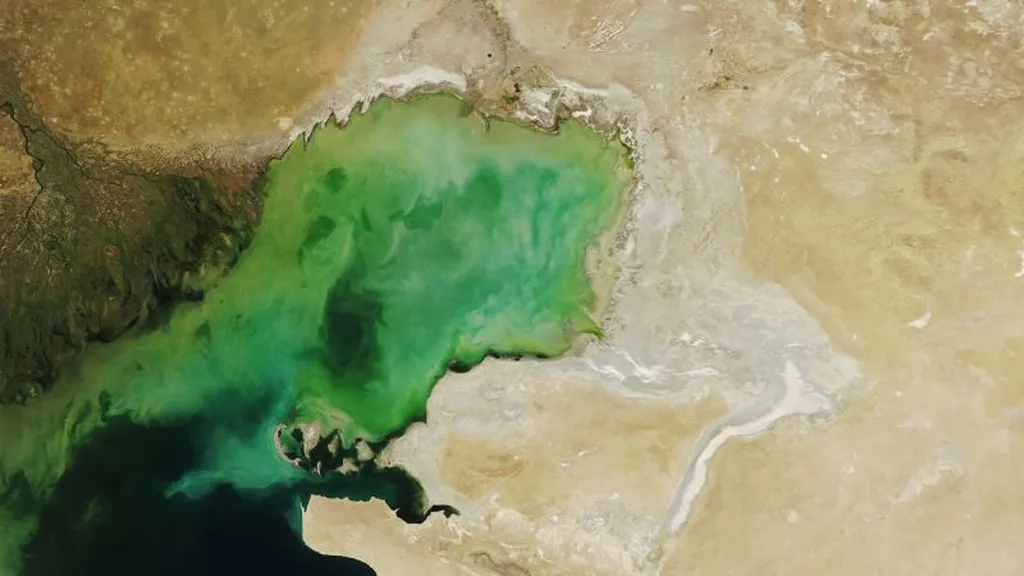In the arid landscapes of southeastern Iran, where water is a precious commodity, a groundbreaking study led by Jamshid Piri from the University of Zabol is revolutionizing how we predict soil hydraulic conductivity. Piri and his team have developed quantum-inspired hybrid models that could transform water management in semi-arid regions, offering significant benefits for agriculture and water resource planning.
The study, published in the *Journal of Hydrology: Regional Studies* (translated to English as “Regional Studies in Hydrology”), focuses on the Sistan and Balochistan Province, an area characterized by its semi-arid climate and diverse soil textures ranging from sandy loam to silty clay loam. Accurate estimation of saturated hydraulic conductivity (Ksat) is crucial for effective water resource planning and agricultural management. However, traditional pedotransfer functions often fall short in capturing the complex non-linear relationships between soil attributes and hydraulic behavior.
Piri and his team introduced two innovative models: Quantum Group Method of Data Handling with Harmony Search (Q-GMDH-HS) and Quantum Group Method of Data Handling with Grey Wolf Optimizer (Q-GMDH-GWO). These models integrate quantum computing concepts such as superposition, rotation gates, collapse mechanisms, and entanglement simulation into the GMDH framework. The models are further enhanced by nature-inspired optimization algorithms to improve parameter estimation.
The results were striking. The quantum-inspired methods outperformed conventional approaches, with Q-GMDH-HS achieving an impressive R² value of 0.99 and an RMSE of 12.06 cm/day. This level of accuracy is a significant leap forward, particularly for fine-textured soils where traditional methods have historically struggled.
“Our findings demonstrate that quantum-inspired models can provide a more reliable and accurate prediction of soil hydraulic conductivity,” said Piri. “This is particularly important for regions like southeastern Iran, where water scarcity is a growing concern.”
The improved accuracy in predicting low hydraulic conductivity values, which are characteristic of poorly-drained soils in the region, has profound implications for irrigation scheduling and drainage system planning. Piri estimates that these advancements could lead to agricultural water savings of 15–25%, a critical benefit in areas facing water scarcity.
The study also highlights the potential for these models to be applied in other semi-arid regions, offering tools for sustainable water management and precision agriculture. “This research provides a foundation for future developments in the field,” Piri added. “By leveraging quantum computing and nature-inspired algorithms, we can develop more efficient and accurate models for water resource management.”
The implications for the energy sector are also significant. Accurate water management is essential for maintaining the efficiency of agricultural systems, which in turn supports the broader economy. As water scarcity becomes an increasingly pressing issue, the ability to optimize water use through advanced modeling techniques will be crucial for sustainable development.
Piri’s research, published in the *Journal of Hydrology: Regional Studies*, represents a significant step forward in the field of hydrology and water resource management. By integrating quantum computing concepts with traditional modeling techniques, the study opens new avenues for improving water management practices in semi-arid regions. As the world grapples with the challenges of climate change and water scarcity, these innovations offer hope for a more sustainable future.

